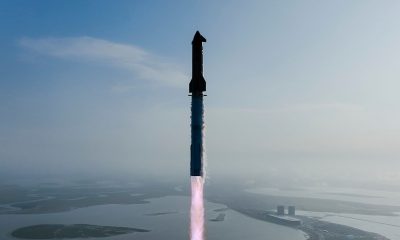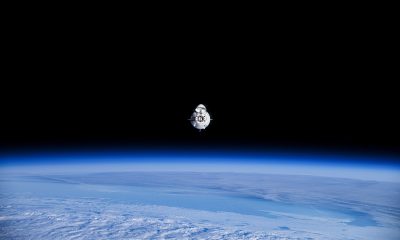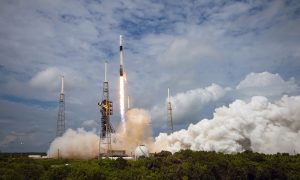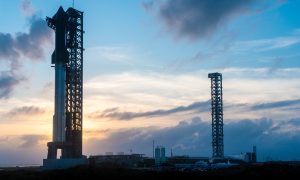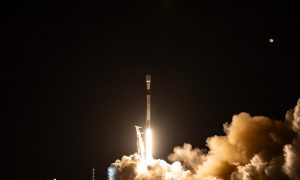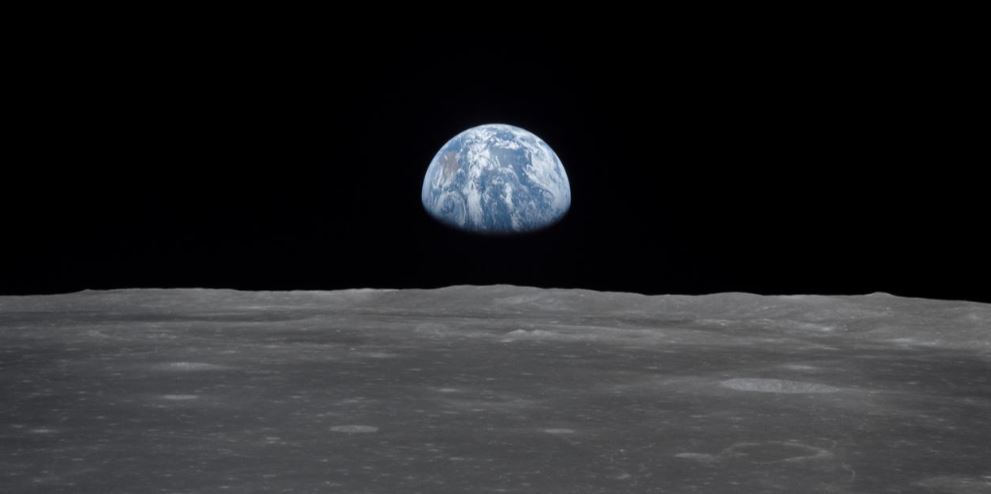

News
NASA opens $2.6 billion in contract services for Moon to Mars missions
“We are going,” is an important part NASA’s motto for its return to the Moon, and to get there, the space agency will need corporate partners. As part of carrying out the private sector integration requirements of White House Space Policy Directive 1, NASA Administrator Jim Bridenstine announced today at 2 pm EST the nine companies the agency has selected to compete for $2.6 billion in contracts to support its Moon to Mars mission. These contracts will be geared to filling the needs of NASA’s Commercial Lunar Payload Services Program over the next ten years of its development.
https://twitter.com/JimBridenstine/status/1067495719836110850
Prior to the announcement, Bridenstine spoke on The Hill TV’s “Rising” program, emphasizing the purpose of the Space Policy Directive’s mission to build the capabilities of not only returning to the Moon, but stay as a sustained presence. In his opening remarks, he further honed in on the major difference in NASA’s current direction for obtaining new capabilities. “We’re gonna buy the service,” he cheered. As the event continued, he and Thomas Zurbuchen, associate administrator for NASA’s Science Mission Directorate in Washington, detailed the numerous technical capabilities required for the Moon mission that the private companies will be competing to develop.
Here’s the break down of the space agency’s newly announced partners:
Astrobotic Technology: A Pittsburgh-based company focused on flying hardware systems into space for companies, governments, and universities. The company is currently developing a “Peregrine Lander” aimed at orbital and surface operations for any lunar destination.
Deep Space Systems: A Colorado-based company focused on systems engineering for supporting the design, development, integration, testing, and operations of science and exploration spacecraft. The company currently subcontracts with other major contractors in the field of space exploration such as Lockheed Martin and NASA.
Draper: A Cambridge-based company focused on developing general engineered systems for corporate, government, and academic solutions. Their Moon work will focus on providing payload services.
Firefly Aerospace: An Austin-based company focused on economical and convenienct access to space for small payloads via reliable launch vehicles. Their priority is providing low-cost rocket access to low Earth orbit (LEO).
Intuitive Machines: A Houston-based company focused on cradle to grave aerospace engineering development, integration, and testing services along with a unique set of aerospace. Some of its current technology developments include a universal reentry vehicle and a lunar lander.
Lockheed Martin: An industry giant with a long, established history of involvement with NASA and human spaceflight. The company will provide any number of contributions towards NASA’s mission to the Moon.
Maston Space Systems: A Mojave-based company focused on reusable rocket technology and reliable planetary landers for the Earth, Moon, Mars, and beyond. The company previously competed and succeeded through two funding levels in the Northrop Grumman Lunar Lander Challenge X Prize in 2009.
Moon Express: A Cape Canaveral-based company dedicated to expanding commercial opportunities in general on the Moon. The company has previously worked with NASA to develop Moon commercial cargo transporation capabilities and was the first private company authorized by the US government to land on the Moon.
Orbit Beyond: A New Jersey-based company building spacecraft bound for the Moon. [no link available]
The White House Space Policy Directive 1, signed December 11, 2017, revised US national space policy to integrate NASA’s programs with private sector partners to return to the Moon before continuing on to human exploration of Mars. As part of a push to continue American leadership in space, the Directive instructs NASA to develop a flexible deep space infrastructure to support the increasing complexity of missions. The agency currently partners with the private sector for other missions, including human transport to the International Space Station (ISS) wherein SpaceX and Boeing are developing capsules for that purpose, and the Directive expands that to include deep space missions.
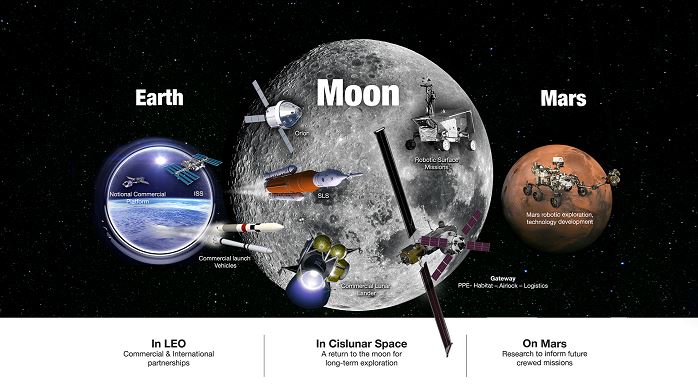
The Space Policy Directive was born from the recommendations provided during the first meeting of the new National Space Council, a group under the US Department of Commerce’s Office of Space Commerce. During Council meetings, US government officials from civilian and military space along with space industry leaders such as SpaceX and Boeing, as well as other significant public and private institutions, hold discussions with high ranking members of the US government, the Vice President being the Chairman. The purpose is to help overall comprehension of the challenges involved in making significant progress in space exploration and propose viable policy solutions.
The outline published by NASA to fulfill the Space Policy Directive, the “Exploration Campaign“, focuses on three core domains for development: low Earth orbit, lunar orbit and surface, and Mars, with the option of other deep space objectives being integrated. Under this framework, NASA hopes to have its next rocket combination, the Space Launch System and Orion capsule, fly to the Moon by 2020 with crewed flights planned for 2023. Direct support to the ISS will end by 2025.
News
Tesla begins Robotaxi certification push in Arizona: report
Tesla seems serious about expanding its Robotaxi service to several states in the coming months.

Tesla has initiated discussions with Arizona transportation regulators to certify its driverless Robotaxi service in the state, as per a recent report from Bloomberg News. The move follows Tesla’s launch of its Robotaxi pilot program in Austin, Texas, as well as CEO Elon Musk’s recent comments about the service’s expansion in the Bay Area.
The Arizona Department of Transportation confirmed to Bloomberg that Tesla has reached out to begin the certification process for autonomous ride-sharing operations in the state. While details remain limited, the outreach suggests that Tesla is serious about expanding its driverless Robotaxi service to several territories in the coming months.
The Arizona development comes as Tesla prepares to expand its service area in Austin this weekend, as per CEO Elon Musk in a post on X. Musk also stated that Tesla is targeting the San Francisco Bay Area as its next major market, with a potential launch “in a month or two,” pending regulatory approvals.
Tesla first launched its autonomous ride-hailing program on June 22 in Austin with a small fleet of Model Y vehicles, accompanied by a Tesla employee in the passenger seat to monitor safety. While still classified as a test, Musk has said the program will expand to about 1,000 vehicles in the coming months. Tesla will later upgrade its Robotaxi fleet with the Cyercab, a two-seater that is designed without a steering wheel.
Sightings of Cybercab castings around the Giga Texas complex suggests that Tesla may be ramping the initial trial production of the self-driving two-seater. Tesla, for its part, has noted in the past that volume production of the Cybercab is expected to start sometime next year.
In California, Tesla has already applied for a transportation charter-party carrier permit from the state’s Public Utilities Commission. The company is reportedly taking a phased approach to operating in California, with the Robotaxi service starting with pre-arranged rides for employees in vehicles with safety drivers.
News
Tesla sets November 6 date for 2025 Annual Shareholder Meeting
The automaker announced the date on Thursday in a Form 8-K.
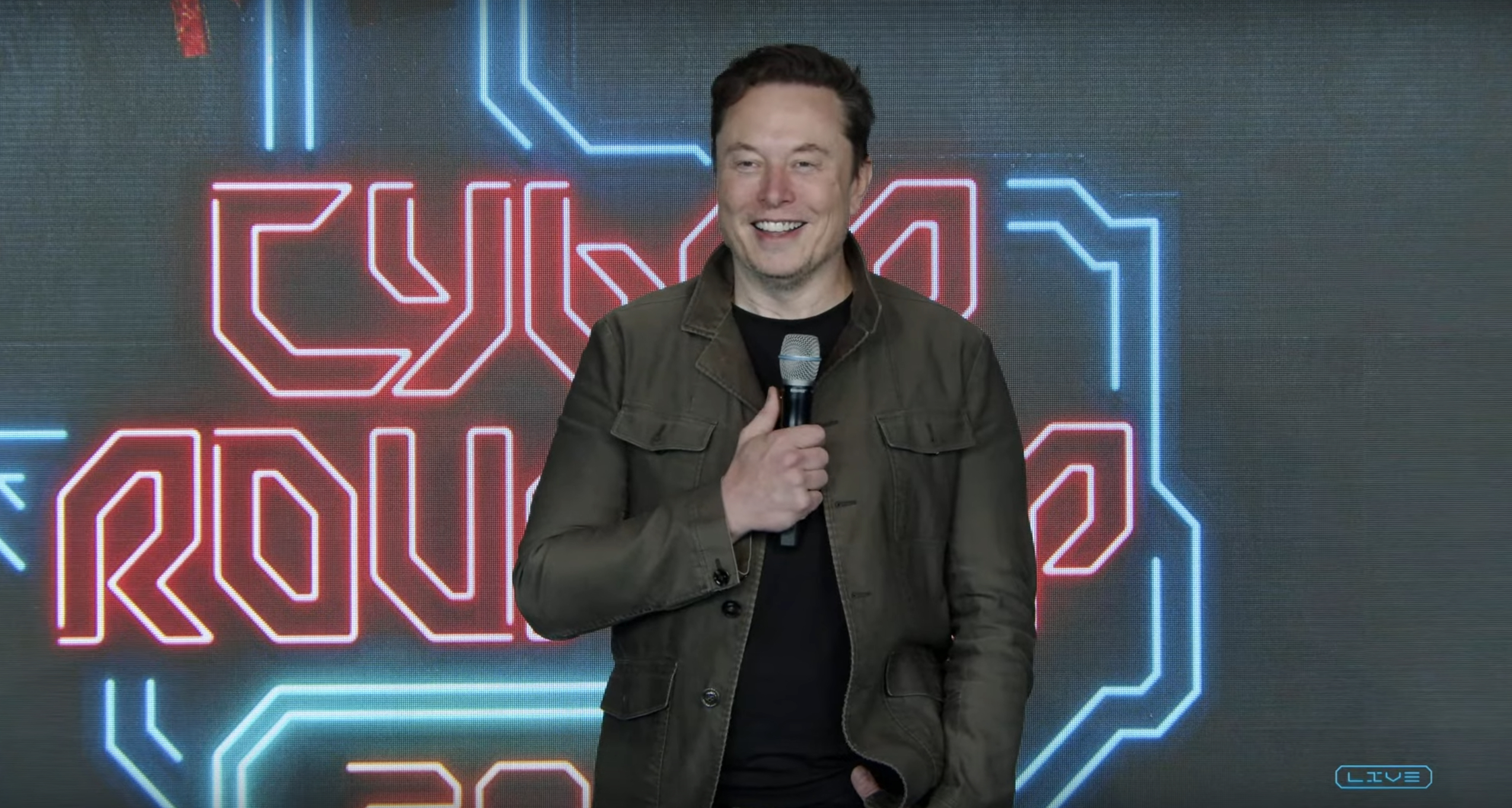
Tesla has scheduled its 2025 annual shareholder meeting for November 6, addressing investor concerns that the company was nearing a legal deadline to hold the event.
The automaker announced the date on Thursday in a Form 8-K submitted to the United States Securities and Exchange Commission (SEC). The company also listed a new proposal submission deadline of July 31 for items to be included in the proxy statement.
Tesla’s announcement followed calls from a group of 27 shareholders, including the leaders of large public pension funds, which urged Tesla’s board to formally set the meeting date, as noted in a report from The Wall Street Journal.
The group noted that under Texas law, where Tesla is now incorporated, companies must hold annual meetings within 13 months of the last one if requested by shareholders. Tesla’s previous annual shareholder meeting was held on June 13, 2024, which placed the July 13 deadline in focus.
Tesla originally stated in its 2024 annual report that it would file its proxy statement by the end of April. However, an amended filing on April 30 indicated that the Board of Directors had not yet finalized a meeting date, at least at the time.
The April filing also confirmed that Tesla’s board had formed a special committee to evaluate certain matters related to CEO Elon Musk’s compensation plan. Musk’s CEO performance award remains at the center of a lengthy legal dispute in Delaware, Tesla’s former state of incorporation.
Due to the aftermath of Musk’s legal dispute about his compensation plan in Delaware, he has not been paid for his work at Tesla for several years. Musk, for his part, has noted that he is more concerned about his voting stake in Tesla than his actual salary.
At last year’s annual meeting, TSLA shareholders voted to reapprove Elon Musk’s compensation plan and ratified Tesla’s decision to relocate its legal domicile from Delaware to Texas.
Elon Musk
Grok coming to Tesla vehicles next week “at the latest:” Elon Musk
Grok’s rollout to Tesla vehicles is expected to begin next week at the latest.
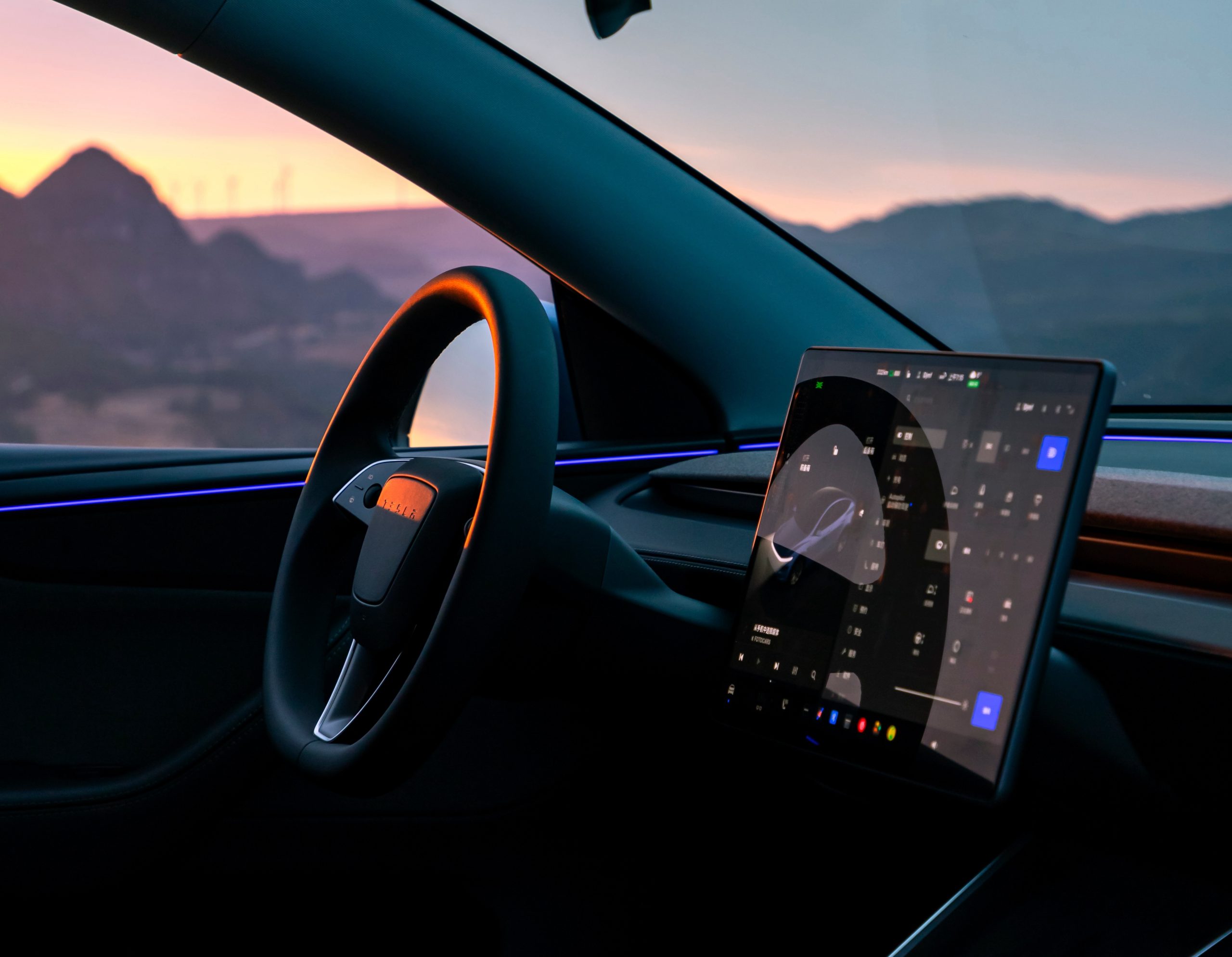
Elon Musk announced on Thursday that Grok, the large language model developed by his startup xAI, will soon be available in Tesla vehicles. Grok’s rollout to Tesla vehicles is expected to begin next week at the latest, further deepening the ties between the two Elon Musk-led companies.
Tesla–xAI synergy
Musk confirmed the news on X shortly after livestreaming the release of Grok 4, xAI’s latest large language model. “Grok is coming to Tesla vehicles very soon. Next week at the latest,” Musk wrote in a post on social media platform X.
During the livestream, Musk and several members of the xAI team highlighted several upgrades to Grok 4’s voice capabilities and performance metrics, positioning the LLM as competitive with top-tier models from OpenAI and Google.
The in-vehicle integration of Grok marks a new chapter in Tesla’s AI development. While Tesla has long relied on in-house systems for autonomous driving and energy optimization, Grok’s integration would introduce conversational AI directly into its vehicles’ user experience. This integration could potentially improve customer interaction inside Tesla vehicles.
xAI and Tesla’s collaborative footprint
Grok’s upcoming rollout to Tesla vehicles adds to a growing business relationship between Tesla and xAI. Earlier this year, Tesla disclosed that it generated $198.3 million in revenue from commercial, consulting, and support agreements with xAI, as noted in a report from Bloomberg News. A large portion of that amount, however, came from the sale of Megapack energy storage systems to the artificial intelligence startup.
In July 2023, Musk polled X users about whether Tesla should invest $5 billion in xAI. While no formal investment has been made so far, 68% of poll participants voted yes, and Musk has since stated that the idea would be discussed with Tesla’s board.
-

 Elon Musk1 week ago
Elon Musk1 week agoTesla investors will be shocked by Jim Cramer’s latest assessment
-

 Elon Musk20 hours ago
Elon Musk20 hours agoxAI launches Grok 4 with new $300/month SuperGrok Heavy subscription
-

 Elon Musk3 days ago
Elon Musk3 days agoElon Musk confirms Grok 4 launch on July 9 with livestream event
-

 News7 days ago
News7 days agoTesla Model 3 ranks as the safest new car in Europe for 2025, per Euro NCAP tests
-
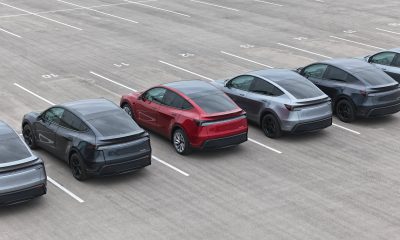
 Elon Musk2 weeks ago
Elon Musk2 weeks agoA Tesla just delivered itself to a customer autonomously, Elon Musk confirms
-

 Elon Musk1 week ago
Elon Musk1 week agoxAI’s Memphis data center receives air permit despite community criticism
-
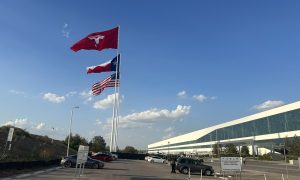
 Elon Musk2 weeks ago
Elon Musk2 weeks agoTesla’s Omead Afshar, known as Elon Musk’s right-hand man, leaves company: reports
-

 News2 weeks ago
News2 weeks agoXiaomi CEO congratulates Tesla on first FSD delivery: “We have to continue learning!”




